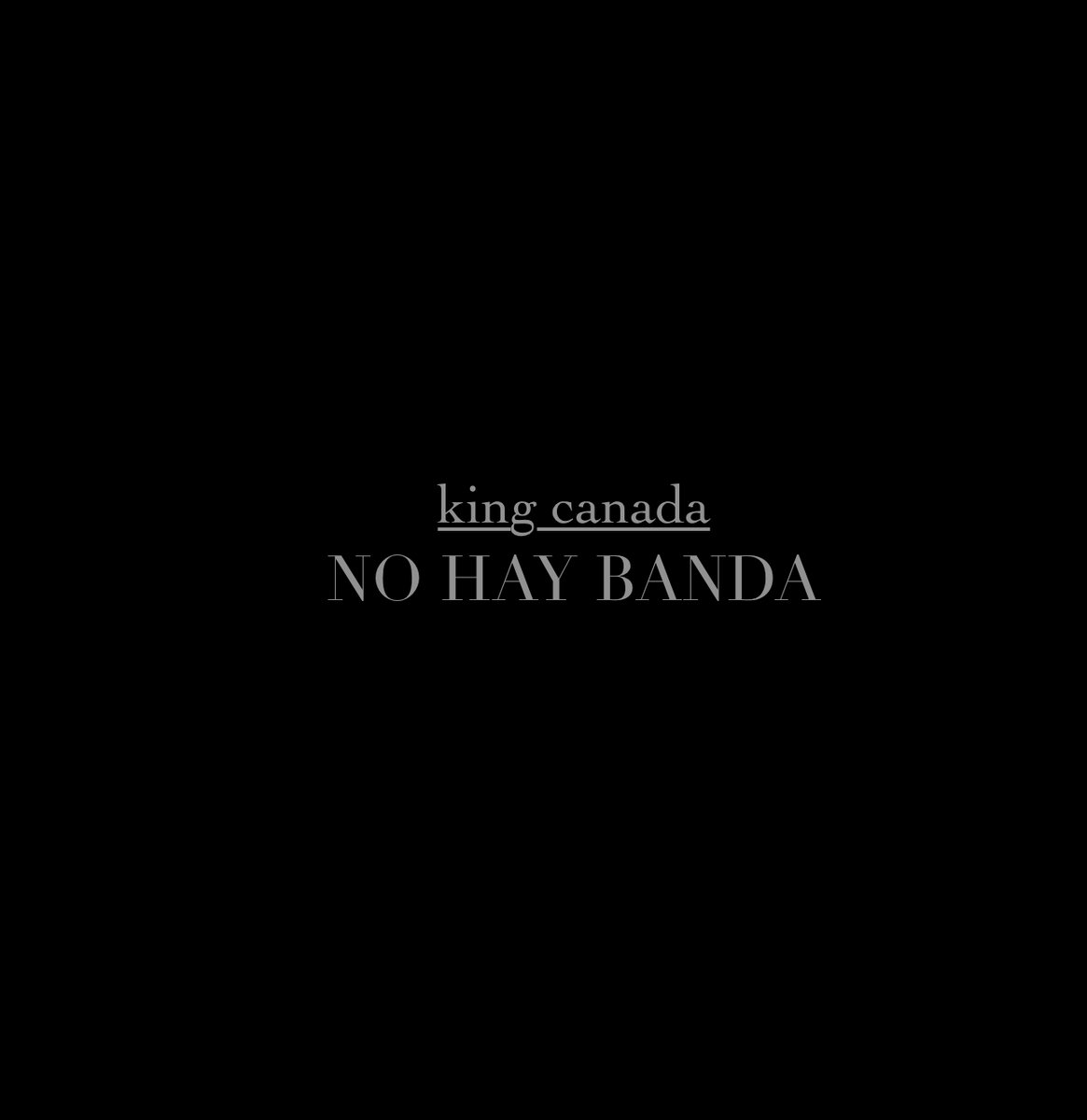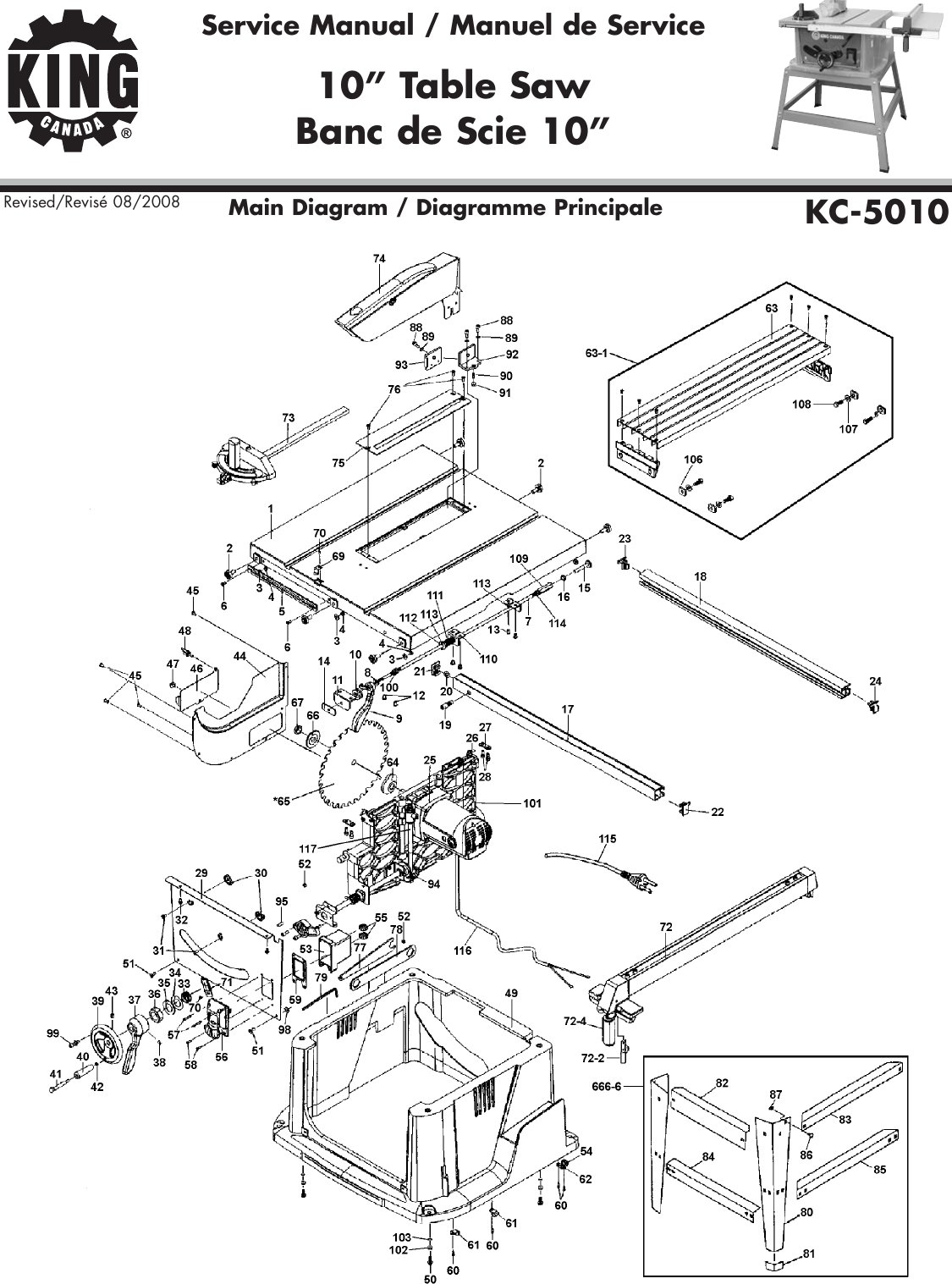Canada is a constitutional monarchy, and understanding who holds the title of King of Canada is essential to grasp the country's political and historical framework. The position of the monarch in Canada plays a crucial role in shaping the nation's identity, governance, and traditions. While many people may associate the Canadian monarchy with the British royal family, the specifics of this relationship are often misunderstood. This article will delve into the history, responsibilities, and significance of the King of Canada, providing a comprehensive overview of this unique institution.
As a constitutional monarchy, Canada operates under a system where the monarch serves as the head of state, while the elected government manages day-to-day governance. The monarch's role is largely ceremonial, yet it holds symbolic importance for the nation. Understanding the history and evolution of the monarchy in Canada allows us to appreciate its continued relevance in modern times.
This article will explore the identity of the current King of Canada, the historical background of the Canadian monarchy, and the functions of the monarch in Canadian society. By examining key aspects of the monarchy, we aim to provide a clear and insightful understanding of this institution's role in shaping the nation's political and cultural landscape.
Read also:Madden Nfl 24 Xbox One The Ultimate Guide To Mastering The Game
Table of Contents
- The History of the Canadian Monarchy
- Who is the Current King of Canada?
- The Role of the Monarch in Canada
- Ceremonial Functions of the King
- Constitutional Duties of the Monarch
- The Relationship Between the Canadian and British Monarchies
- Symbols of the Canadian Monarchy
- Public Opinion on the Monarchy in Canada
- The Future of the Canadian Monarchy
- Conclusion
The History of the Canadian Monarchy
Canada's connection to the monarchy dates back to the colonial era when European powers claimed territories in North America. The British monarchy's influence in Canada began with the Treaty of Paris in 1763, which transferred control of New France to Britain. Over time, the Canadian monarchy evolved into its current form, where the monarch serves as the symbolic head of state.
Key Milestones in the Evolution of the Monarchy
The monarchy's role in Canada has undergone significant changes throughout history. Some notable milestones include:
- The Constitution Act of 1867 established Canada as a self-governing dominion within the British Empire, formalizing the role of the monarch in Canadian governance.
- The Statute of Westminster in 1931 granted Canada full legislative independence, allowing the Canadian monarchy to operate as a distinct institution.
- The patriation of the Canadian Constitution in 1982 reaffirmed the monarch's position as the head of state, enshrining the monarchy in the country's legal framework.
These developments highlight the monarchy's enduring presence in Canadian history and its adaptation to the nation's evolving political landscape.
Who is the Current King of Canada?
As of 2023, King Charles III is the reigning monarch of Canada. Following the passing of Queen Elizabeth II, Charles ascended to the throne, becoming the King of Canada and other Commonwealth realms. His reign marks the continuation of a long-standing tradition of royal succession in Canada.
Biography of King Charles III
| Full Name | Charles Philip Arthur George |
|---|---|
| Birthdate | November 14, 1948 |
| Place of Birth | London, England |
| Coronation | May 6, 2023 |
| Spouse | Camilla, Queen Consort |
King Charles III has dedicated much of his life to public service and environmental advocacy, making him a prominent figure in both royal and global circles.
The Role of the Monarch in Canada
The monarch of Canada plays a dual role as both the head of state and a symbol of national unity. While the monarch's duties are largely ceremonial, they carry significant symbolic weight in Canadian society. The monarch represents the continuity of the nation's values and traditions, serving as a unifying figure for all Canadians.
Read also:Plain White Ts Members The Story Behind The Bands Success
Key Responsibilities of the Monarch
The monarch's responsibilities in Canada include:
- Appointing the Governor General, who acts as the representative of the monarch in Canada.
- Giving royal assent to legislation passed by Parliament.
- Serving as the Commander-in-Chief of the Canadian Armed Forces.
These duties underscore the monarch's role in upholding the constitutional framework of the country.
Ceremonial Functions of the King
The ceremonial functions of the King of Canada are an integral part of the monarchy's role in the nation. These functions include participating in state ceremonies, national celebrations, and international events. The King's presence at such occasions reinforces the monarchy's symbolic importance in Canadian society.
Examples of Ceremonial Functions
Some notable ceremonial functions include:
- Attending the opening of Parliament.
- Bestowing honors and awards to distinguished Canadians.
- Representing Canada at international summits and diplomatic events.
These activities highlight the King's role as a representative of Canadian values and traditions on the global stage.
Constitutional Duties of the Monarch
While the monarch's duties are largely ceremonial, they also hold constitutional responsibilities that ensure the proper functioning of the Canadian government. The monarch's powers are exercised through the Governor General, who acts on behalf of the monarch in Canada.
Key Constitutional Duties
The constitutional duties of the monarch include:
- Ensuring the continuity of government by appointing a Prime Minister.
- Granting royal assent to legislation passed by Parliament.
- Summoning and dissolving Parliament.
These duties reflect the monarch's role in maintaining the stability and integrity of the Canadian political system.
The Relationship Between the Canadian and British Monarchies
Although the Canadian monarchy shares a common monarch with the United Kingdom, the two institutions operate independently. The monarch's role in Canada is distinct from their role in the UK, with separate duties and responsibilities. This arrangement reflects the unique relationship between Canada and the British monarchy, emphasizing the autonomy of the Canadian Crown.
The Statute of Westminster in 1931 formalized this distinction, granting Canada and other Commonwealth realms the authority to appoint their own Governor General and manage their own affairs independently of the UK.
Symbols of the Canadian Monarchy
The Canadian monarchy is represented by various symbols that reflect the nation's history and identity. These symbols include the Canadian coat of arms, the royal insignia, and the national anthem. Each symbol plays a vital role in reinforcing the monarchy's presence in Canadian society.
Key Symbols of the Monarchy
Some notable symbols include:
- The Canadian coat of arms, featuring elements that represent the country's heritage and diversity.
- The royal insignia, used in official documents and ceremonies.
- The national anthem, "O Canada," which acknowledges the monarch's role as the head of state.
These symbols serve as reminders of the monarchy's enduring influence in Canadian culture and governance.
Public Opinion on the Monarchy in Canada
Public opinion on the monarchy in Canada is divided, with some Canadians supporting the institution and others advocating for its abolition. Factors influencing public opinion include historical ties, cultural identity, and the perceived relevance of the monarchy in modern times.
Factors Affecting Public Opinion
Key factors shaping public opinion include:
- Historical connections to the British monarchy.
- Cultural and regional differences within Canada.
- Debates over the cost and relevance of maintaining the monarchy.
Despite these debates, the monarchy remains an integral part of Canadian society, with many Canadians valuing its symbolic significance.
The Future of the Canadian Monarchy
The future of the Canadian monarchy depends on its ability to adapt to changing societal values and political landscapes. As Canada continues to evolve, the monarchy must remain relevant by addressing contemporary issues and engaging with diverse communities across the nation.
Potential challenges facing the monarchy include declining public support, debates over its role in governance, and the need to modernize its image. By embracing innovation and inclusivity, the monarchy can ensure its continued relevance in Canadian society.
Conclusion
In conclusion, the King of Canada plays a vital role in shaping the nation's identity, governance, and cultural heritage. Understanding the history, responsibilities, and significance of the monarchy provides valuable insights into its continued relevance in modern times. As Canada moves forward, the monarchy must adapt to changing societal values while preserving its symbolic importance as a unifying figure for all Canadians.
We invite you to share your thoughts on the Canadian monarchy in the comments below. Feel free to explore other articles on our site to learn more about Canada's rich history and diverse culture. Together, let's continue the conversation about the future of the Canadian monarchy and its place in our nation's story.
Data and references for this article were sourced from reputable institutions such as the Canadian Government website, the Royal Household of Canada, and academic publications on constitutional monarchy. These sources ensure the accuracy and reliability of the information presented.


